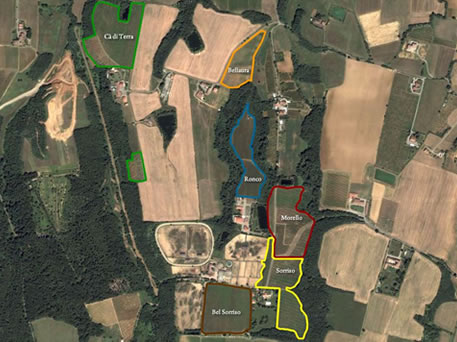
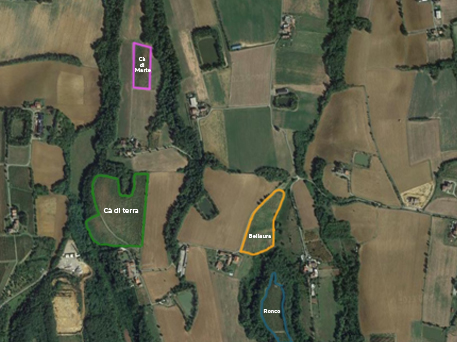
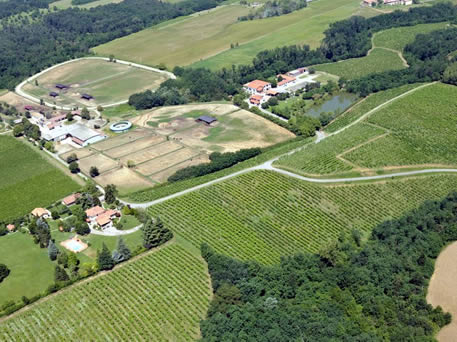
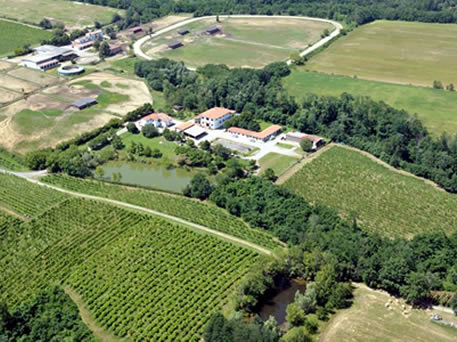
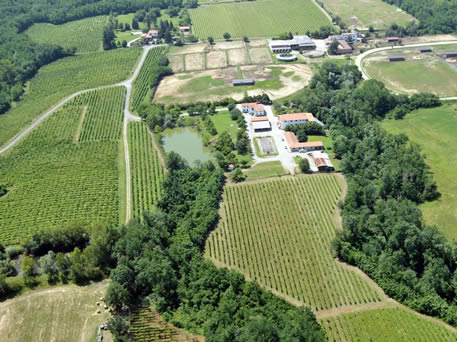
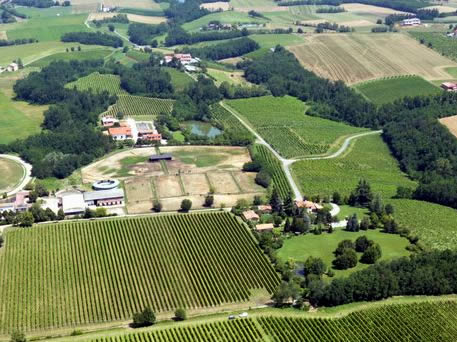
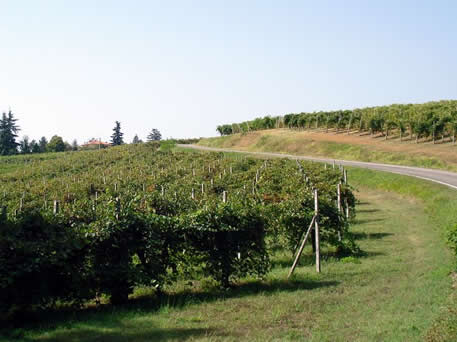
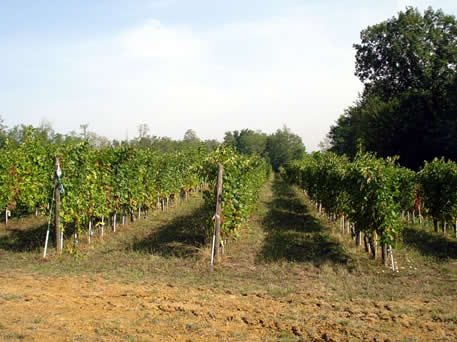
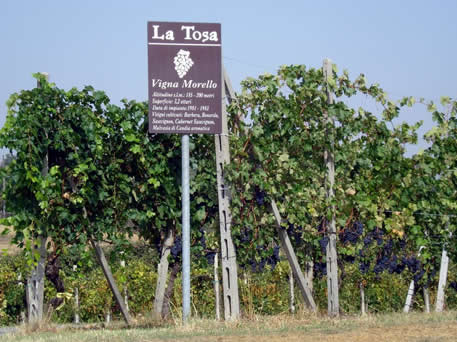
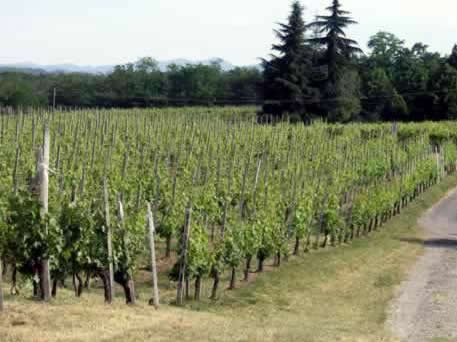
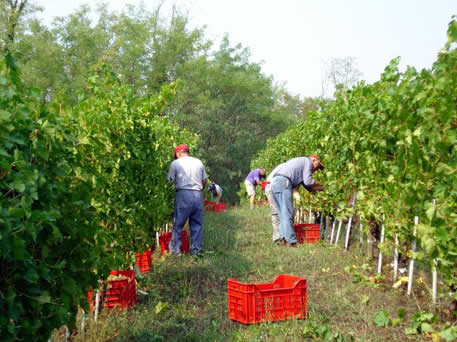
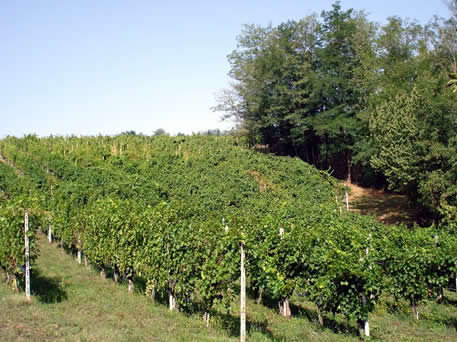
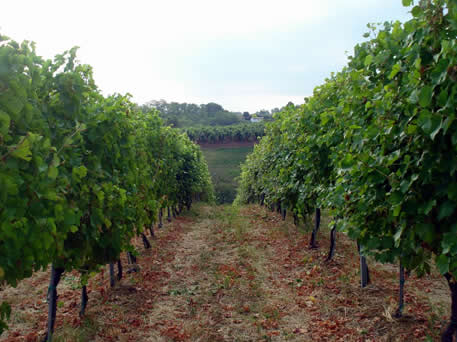
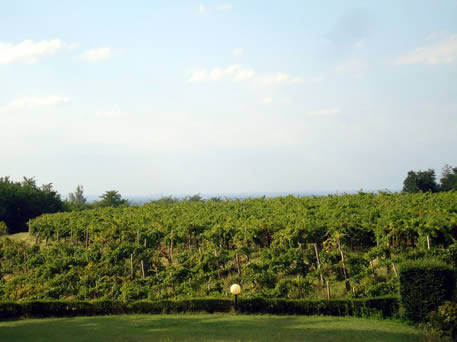
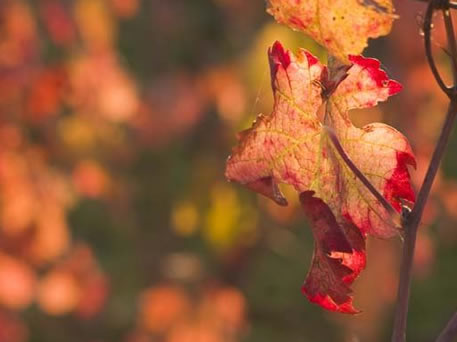
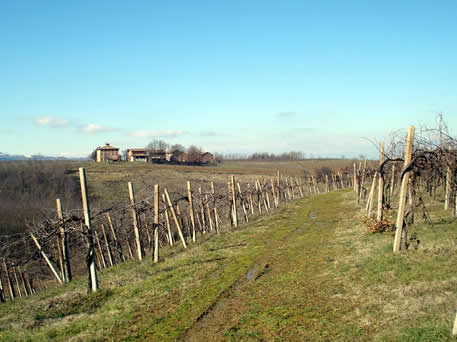


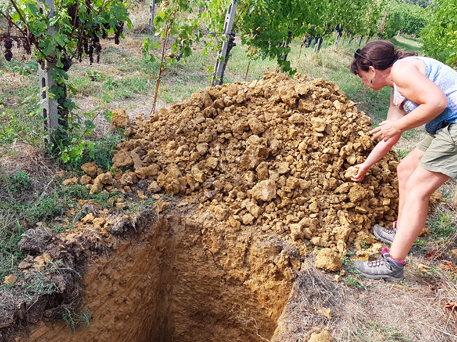
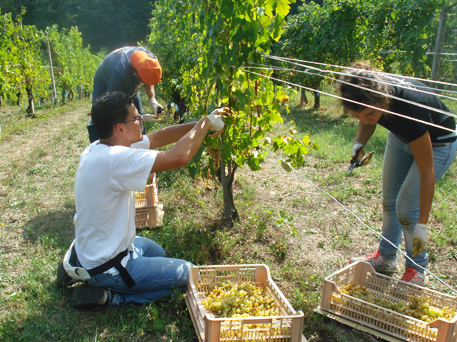
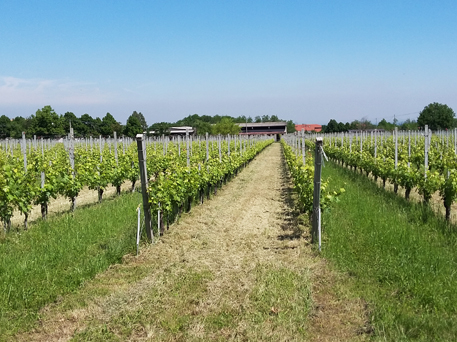
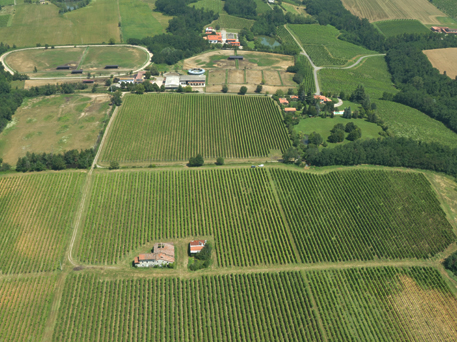
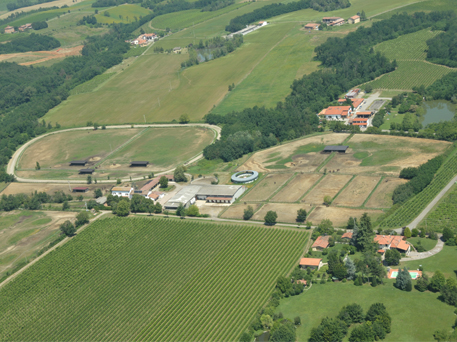
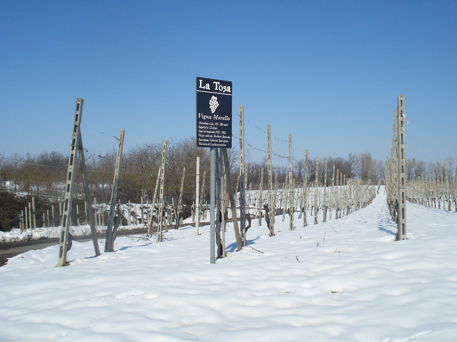
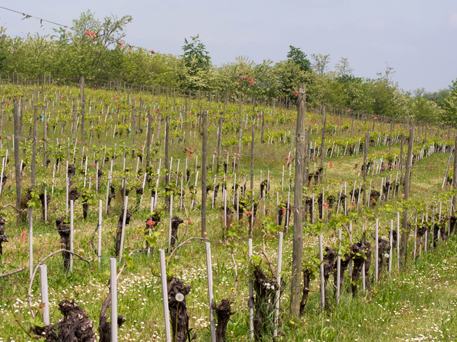
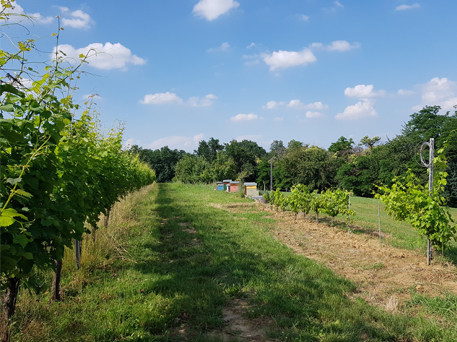
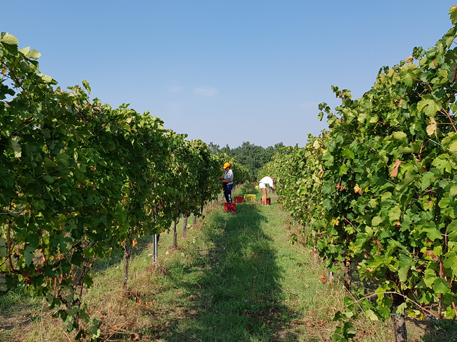
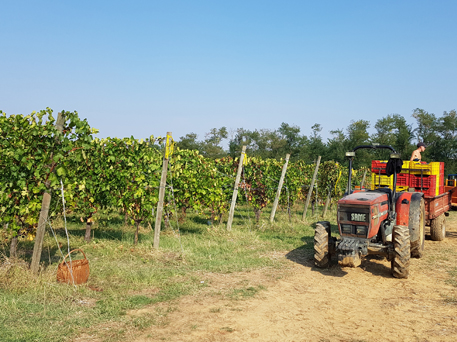
Vineyards
The vineyards are the pulsating heart of La Tosa; they enclose the deepest soul and identity. Nineteen hectares of vineyards, all tightly surrounding the company, sixteen and a half owned and two and a half, very close, leased; all belonging to the same terroir, but with significant differences between one plot and another and within each individual vineyard.
Since the early eighties of the last century, we have worked to achieve maximum concentration, complexity, aromatic richness, personality, and the unique characteristics of our territory in the grapes. For this reason, the initial objective at that time was to limit the grape production per plant with various operations, including thinning the clusters, which was then unknown in our area.
The second step was to maximize the expression of the soul of each different grape variety through differentiated and targeted dry and green pruning.
The third step, and for over twenty years, has involved allocating not only different grape varieties and vineyards, as is obvious, to each specific wine, but also delimited portions of each individual vineyard. These portions reflect and result from the extreme variety of soils, exposures, and microclimates characterizing the hill. Each portion is cultivated differently, and the grapes are harvested separately.
In general, ours has always been a 'balanced' viticulture. On one hand, with the cover cropping we have practiced in all vineyards since 1991, targeted plant nutrition, and copper-based treatments on the vines, we provide the plants with a slight controlled stress. This stress corresponds to the commitments in human life, ensuring that the substances produced concentrate more in the clusters than in vegetative growth. At the same time, through natural nutrition based on organic matter of animal origin in the soil and algae extracts used for vine irrigation, we ensure that the vines never suffer.
Since 2015, our viticulture, always based on the devoted respect for nature,
has been organic, and since 2018, we have the certification to prove it.
Treatments against vine diseases are therefore based on copper and sulfur, but also on herbal extracts, propolis, phenolic extracts, resistance inducers based on yeasts, and many natural substances that we research and test every year. Nature is a vast herbalist's shop, and it is our simple duty and infinite pleasure to understand it, to receive help from it, and to reciprocate with respect and love.
The 7 vineyards of La Tosa: Morello, Sorriso, Ronco, Bel Sorriso and Cà di Terra owned, Bellaura and Cà di Marte leased conduits.
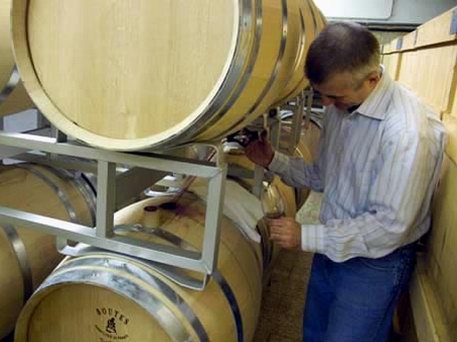
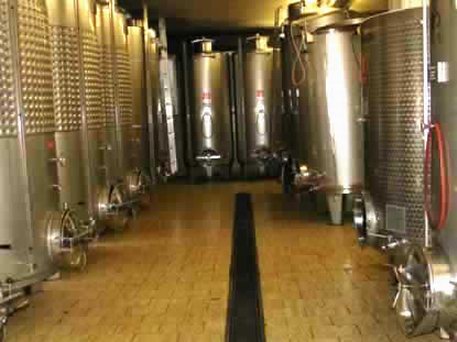
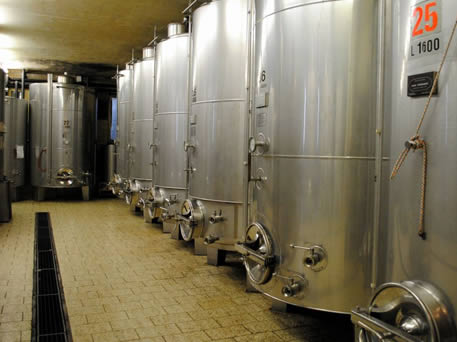
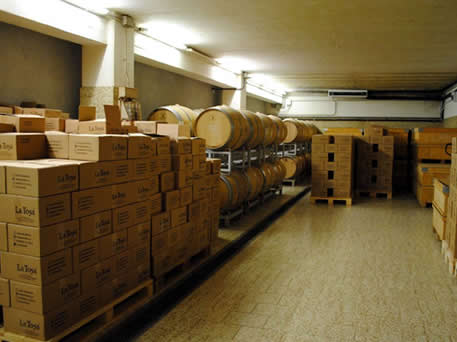
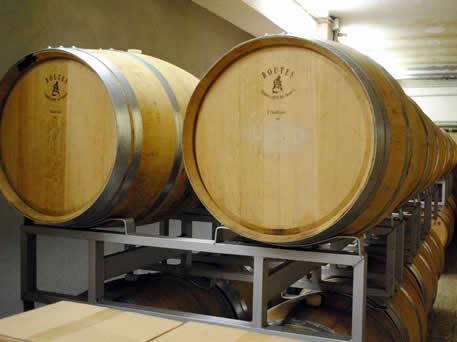
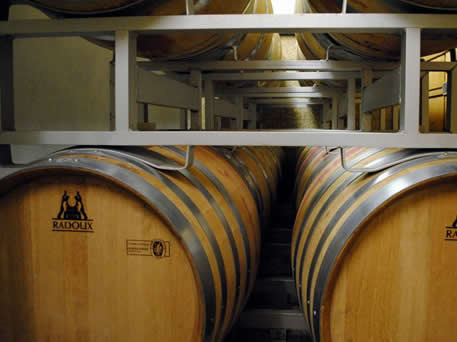
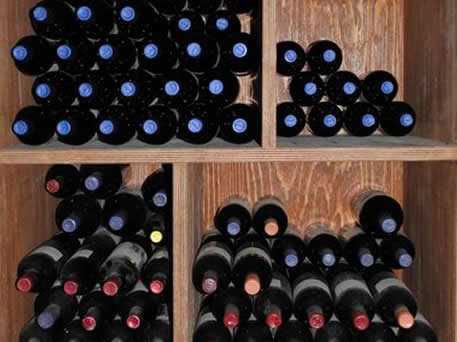
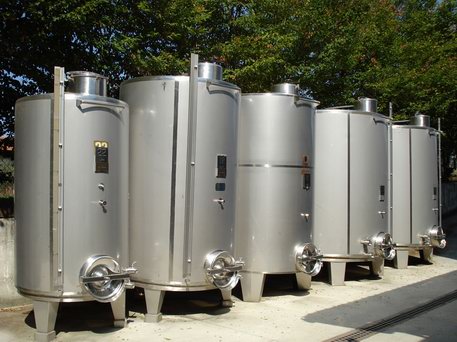
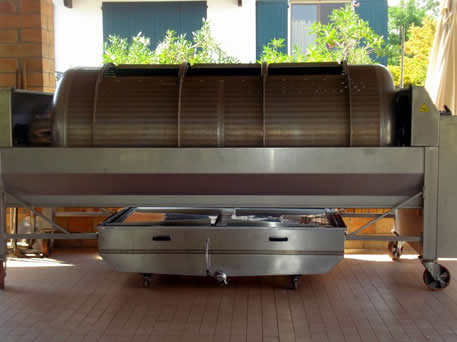
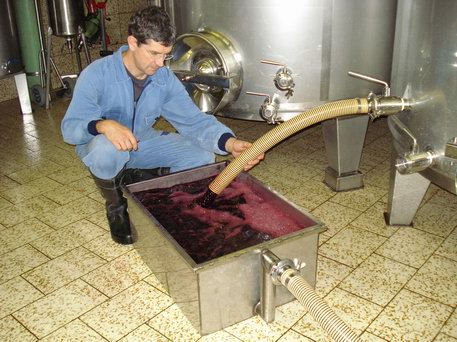
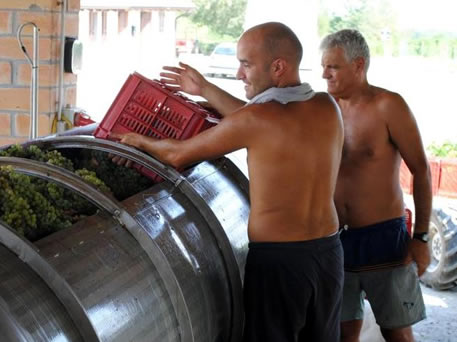
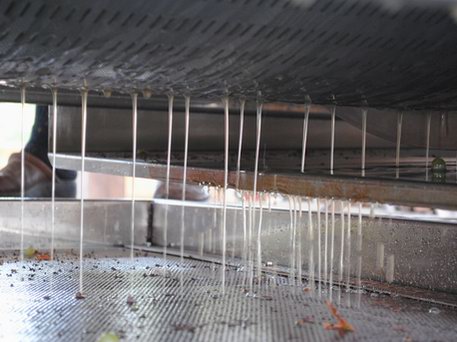
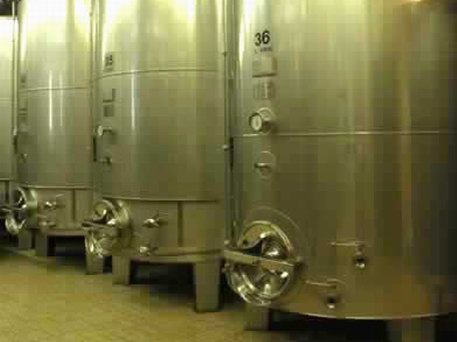
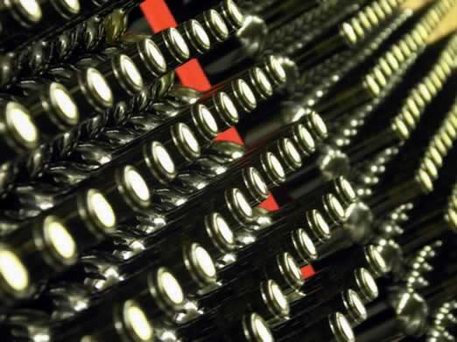
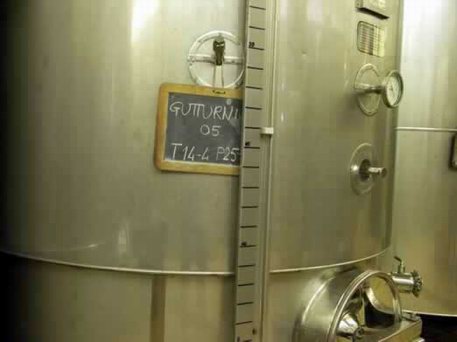
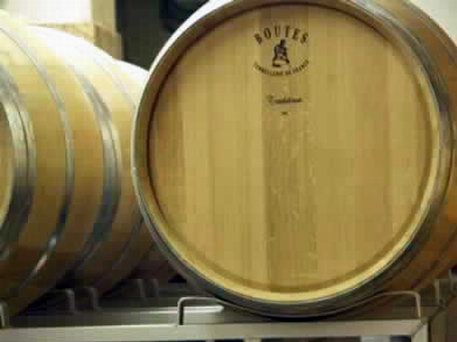
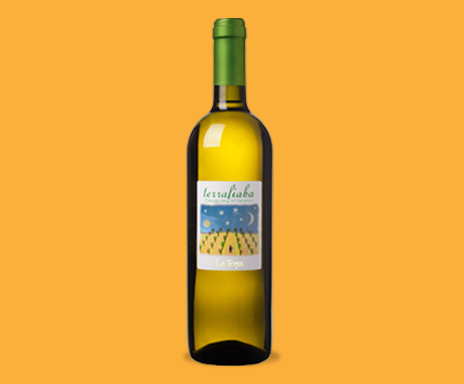
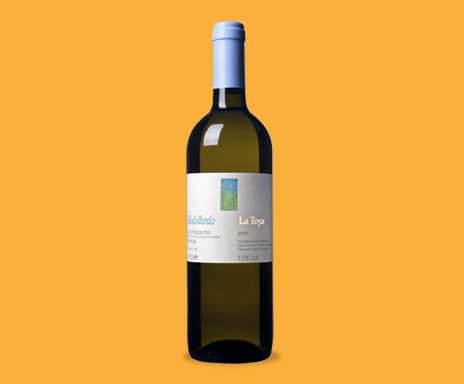
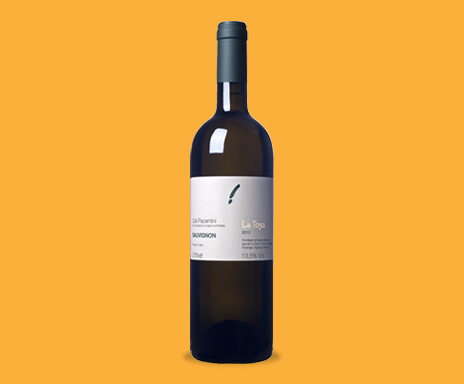
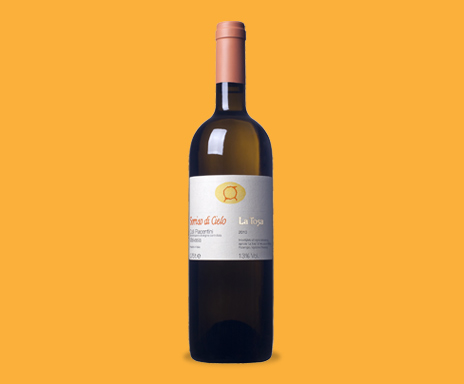
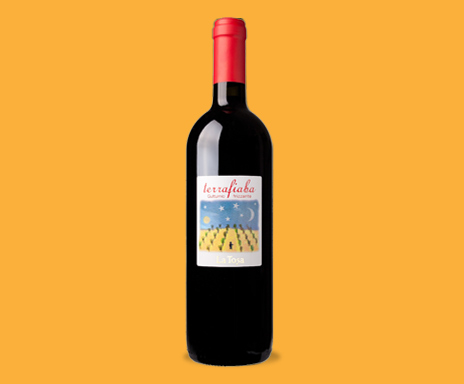
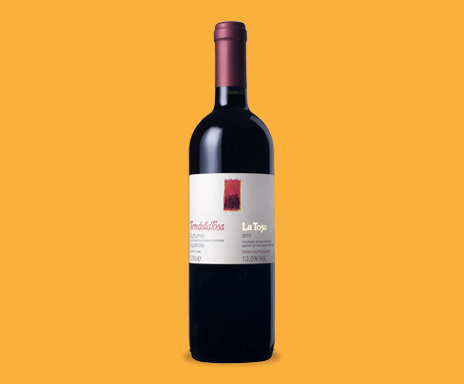
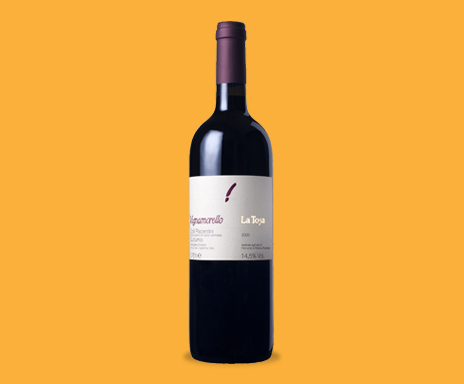
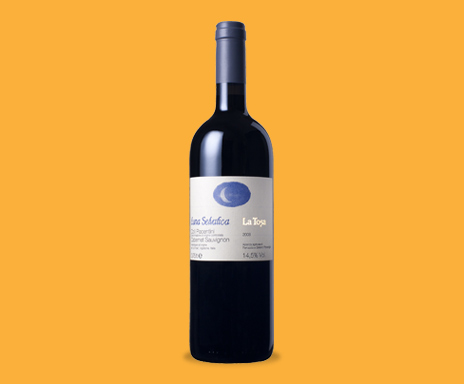
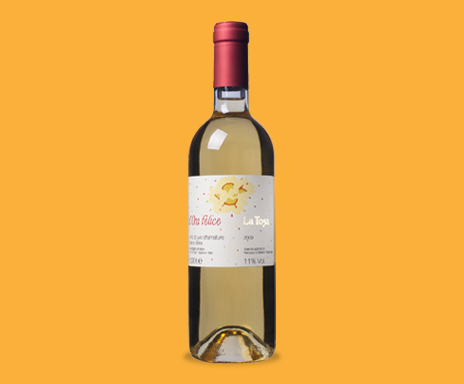
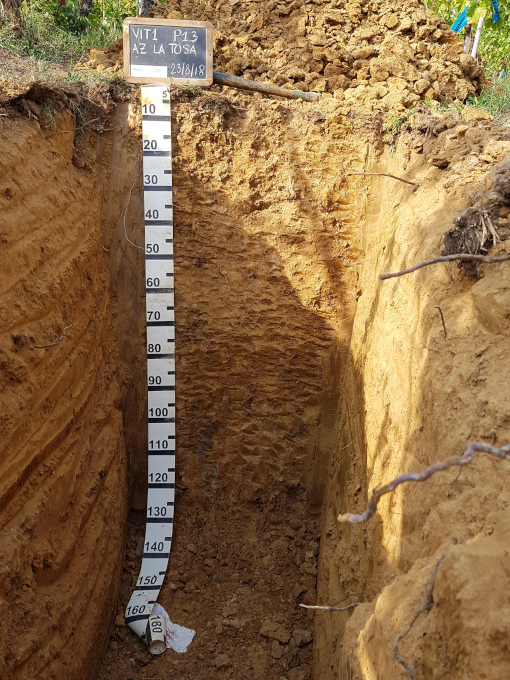
 Campaign financed according to EC REG. N. 1234/07
Campaign financed according to EC REG. N. 1234/07